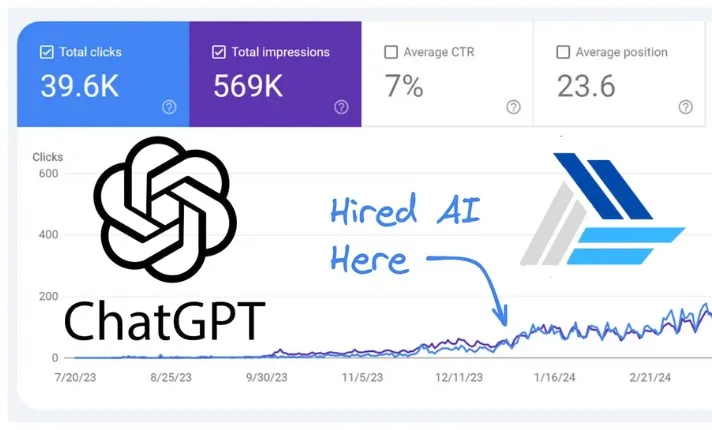Understanding Base2ⁿ Encoding
Just like Base10 uses 10 digits to represent numbers, Base2ⁿ encodes data using powers of two. In Base32 encoding, each character encodes 5 bits of data, meaning 32 possible combinations for each character. This makes it a more efficient method for representing data than using binary alone.
How Base32 Encoding Works
Base32 encoding is often used to transform data into a simpler, more readable format. For instance, when encoding a UUID, Base32 allows you to represent complex data using a more concise character set. The process of Base32 encoding involves breaking down data into chunks of bits, which are then converted into their corresponding Base32 characters.
Base32 Implementation
The Base32 implementation (as per RFC 4648 standards) includes a specific set of characters ranging from A to Z and 2 to 7. This implementation ensures compatibility and ease of use across different systems, making Base32 a highly versatile tool for encoding data, especially for applications like URL shortening and UUID encoding.
Decoding Base32 Data
Decoding Base32 encoded data is the reverse process of encoding. With Jimni Nomics' Base32 Decoder, you can convert Base32 encoded strings back to their original format. Our tool simplifies the process, making data decoding fast and easy, whether you're working with UUIDs, binary data, or other formats.
Beyond Base32
While Base32 is incredibly useful for its readability and URL-friendly format, other Base2ⁿ encodings like Base64 can offer higher bit-per-character ratios. However, Base32 remains the encoding of choice for applications that prioritize human-readable and safe-for-URL formats.


 By: Jimni Nomics
By: Jimni Nomics
